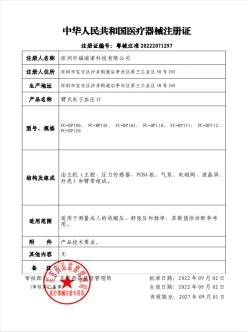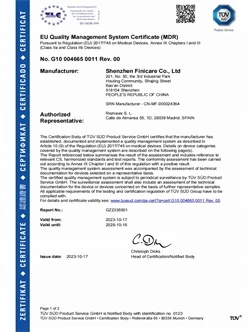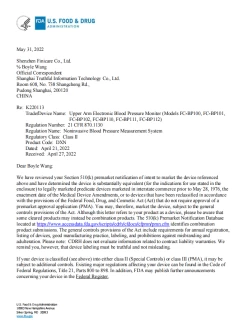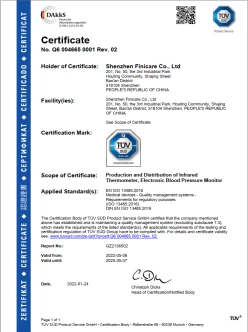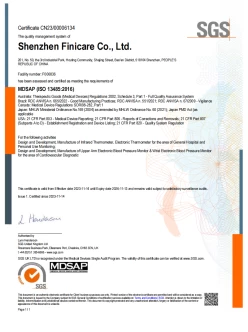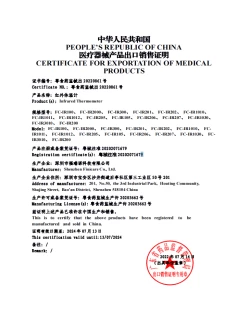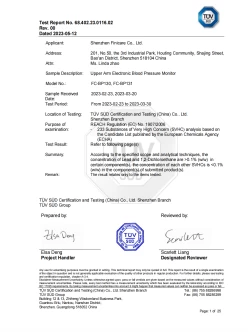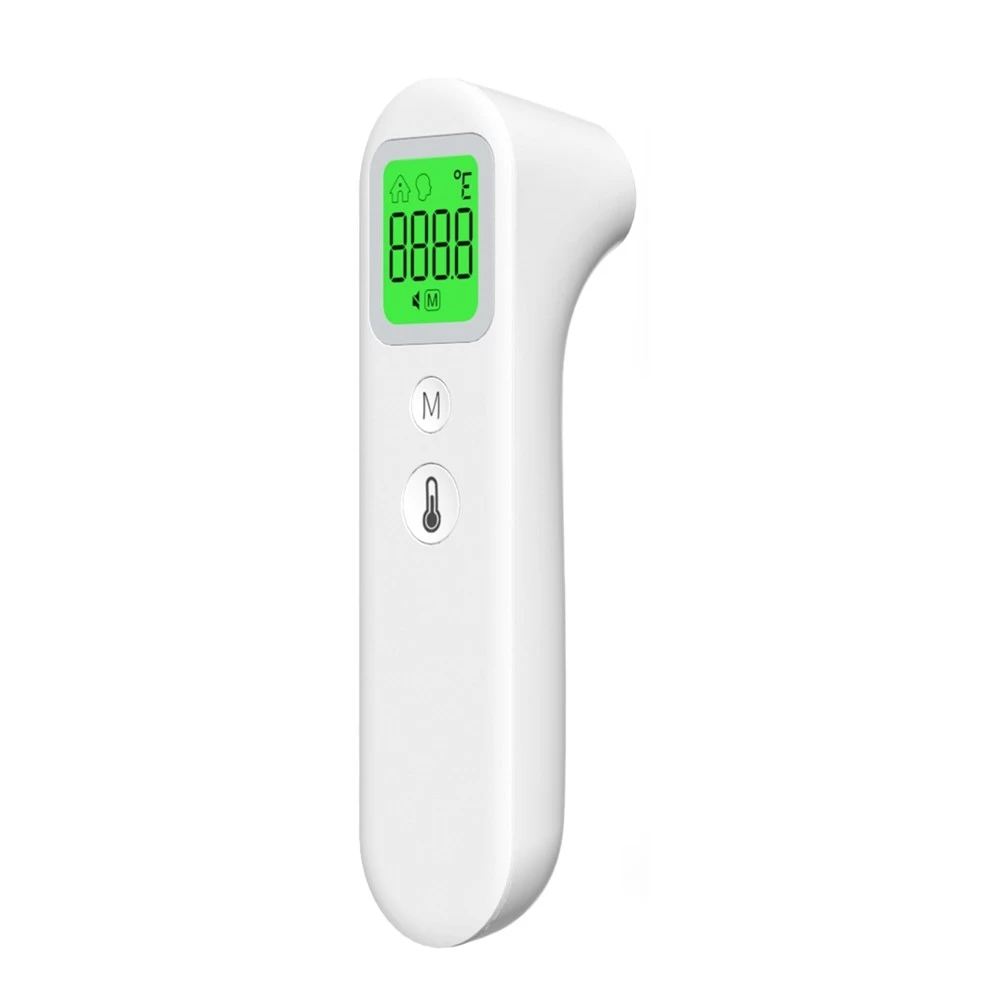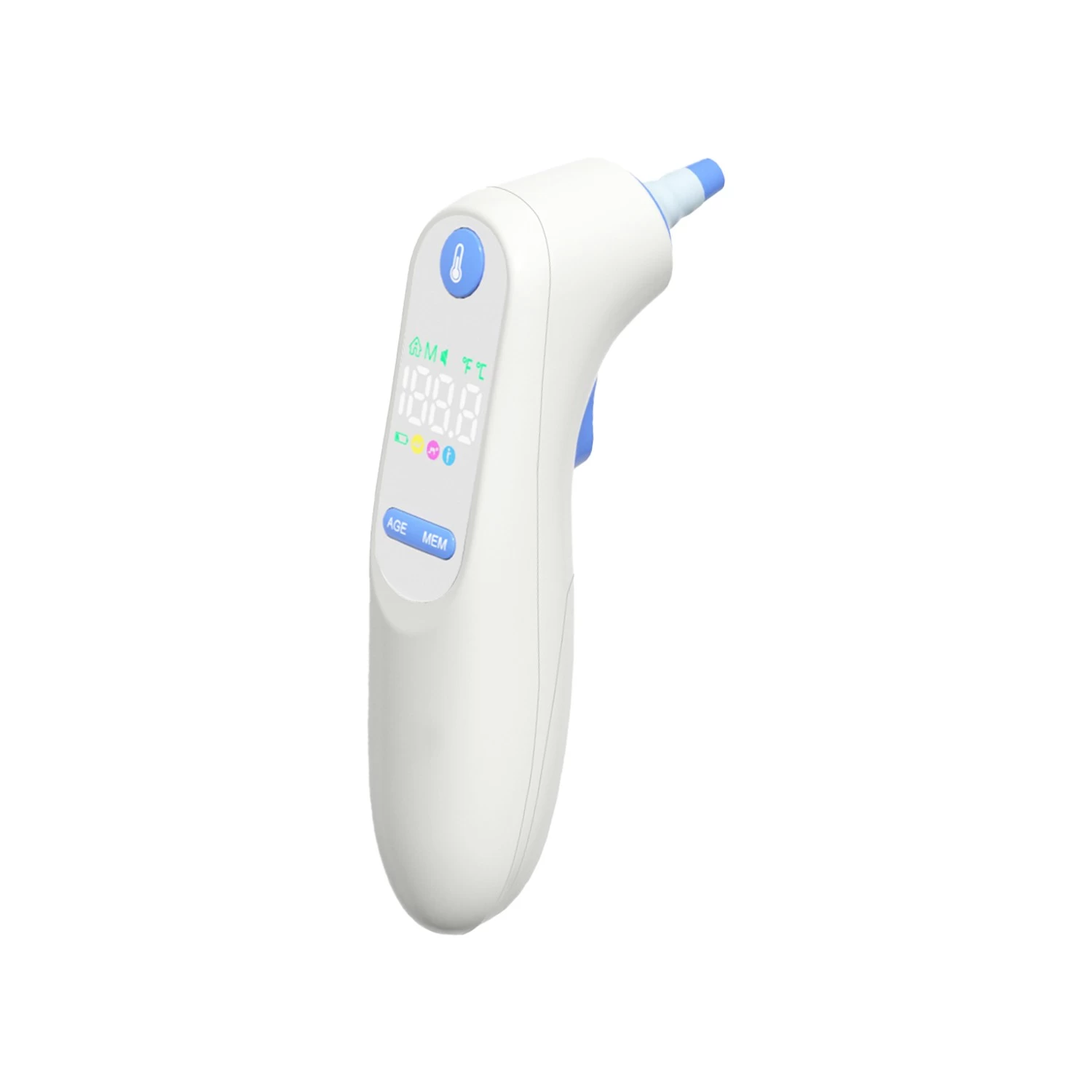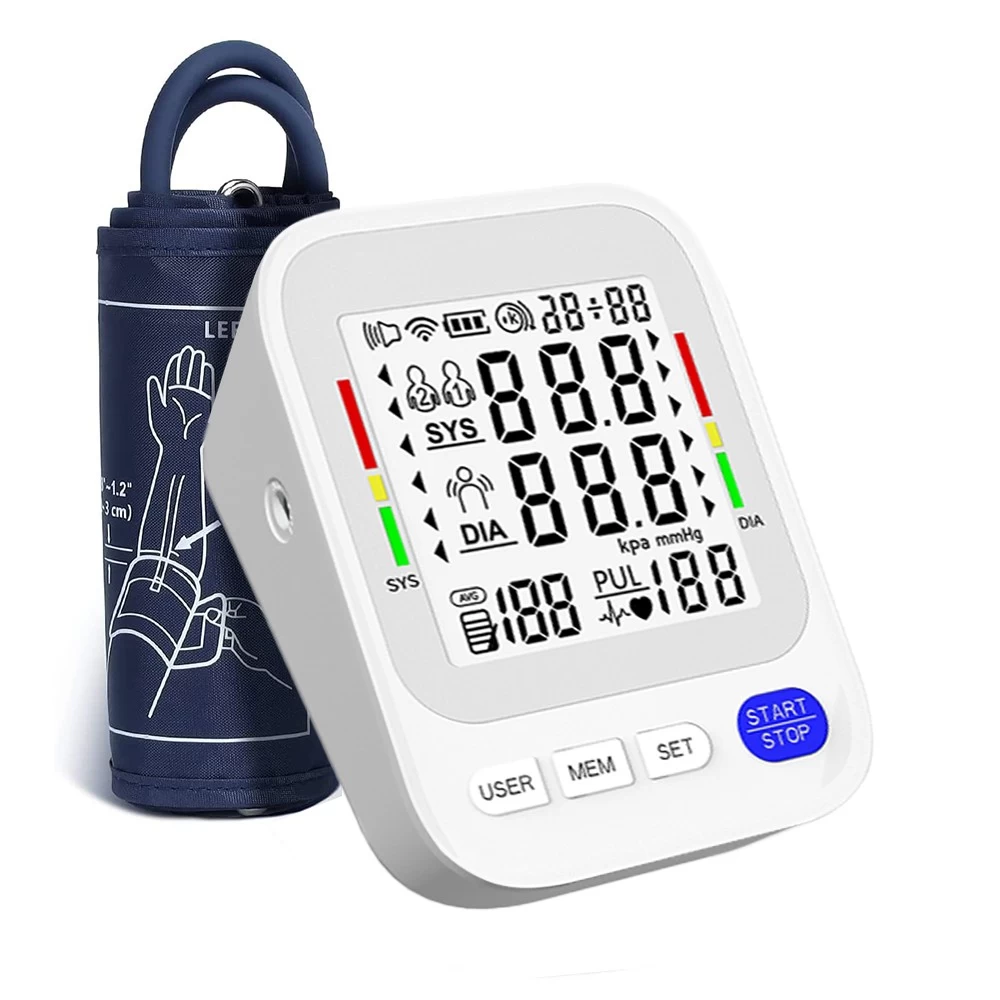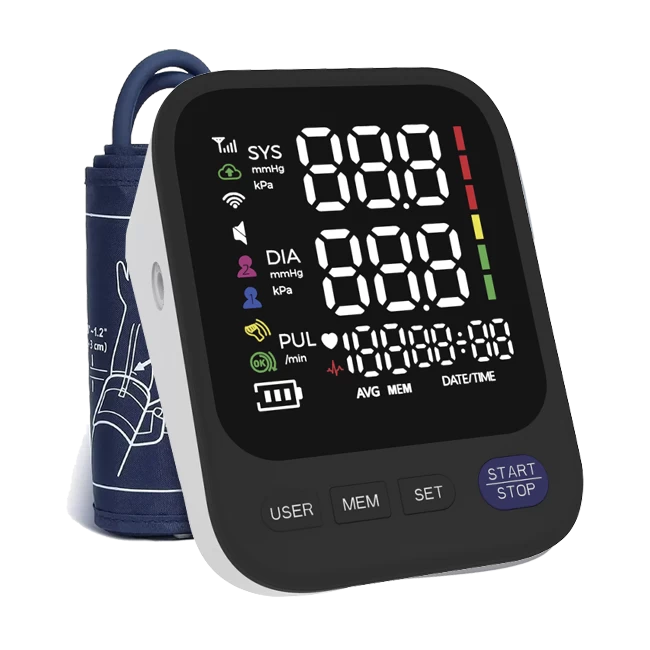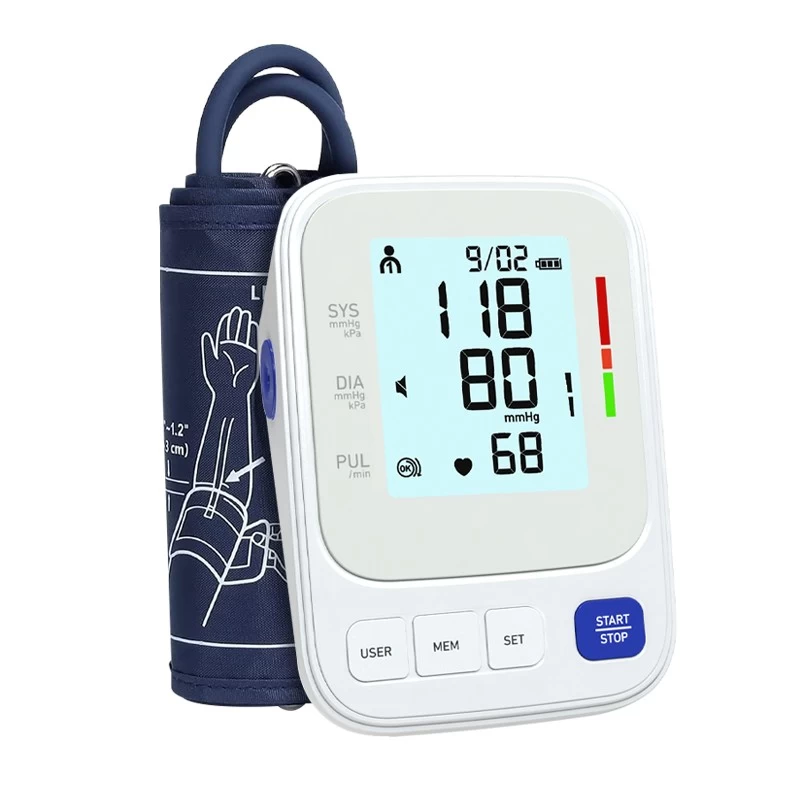Are Wrist Blood Pressure Monitors Accurate?
Are Wrist Blood Pressure Monitors Accurate?
Wrist blood pressure monitors are marketed as portable, user-friendly alternatives to traditional upper-arm devices. However, their accuracy remains a topic of debate. While they can provide convenient readings, their reliability depends heavily on proper positioning and calibration. Studies and medical professionals, including the American Heart Association (AHA), caution that wrist monitors are more prone to errors due to improper placement or movement during measurement, often yielding higher readings than upper-arm devices. Despite this, they are widely used in specific scenarios where portability and ease of use outweigh potential inaccuracies. Below, we explore their pros and cons, common use cases, global adoption trends, and address frequently asked questions.
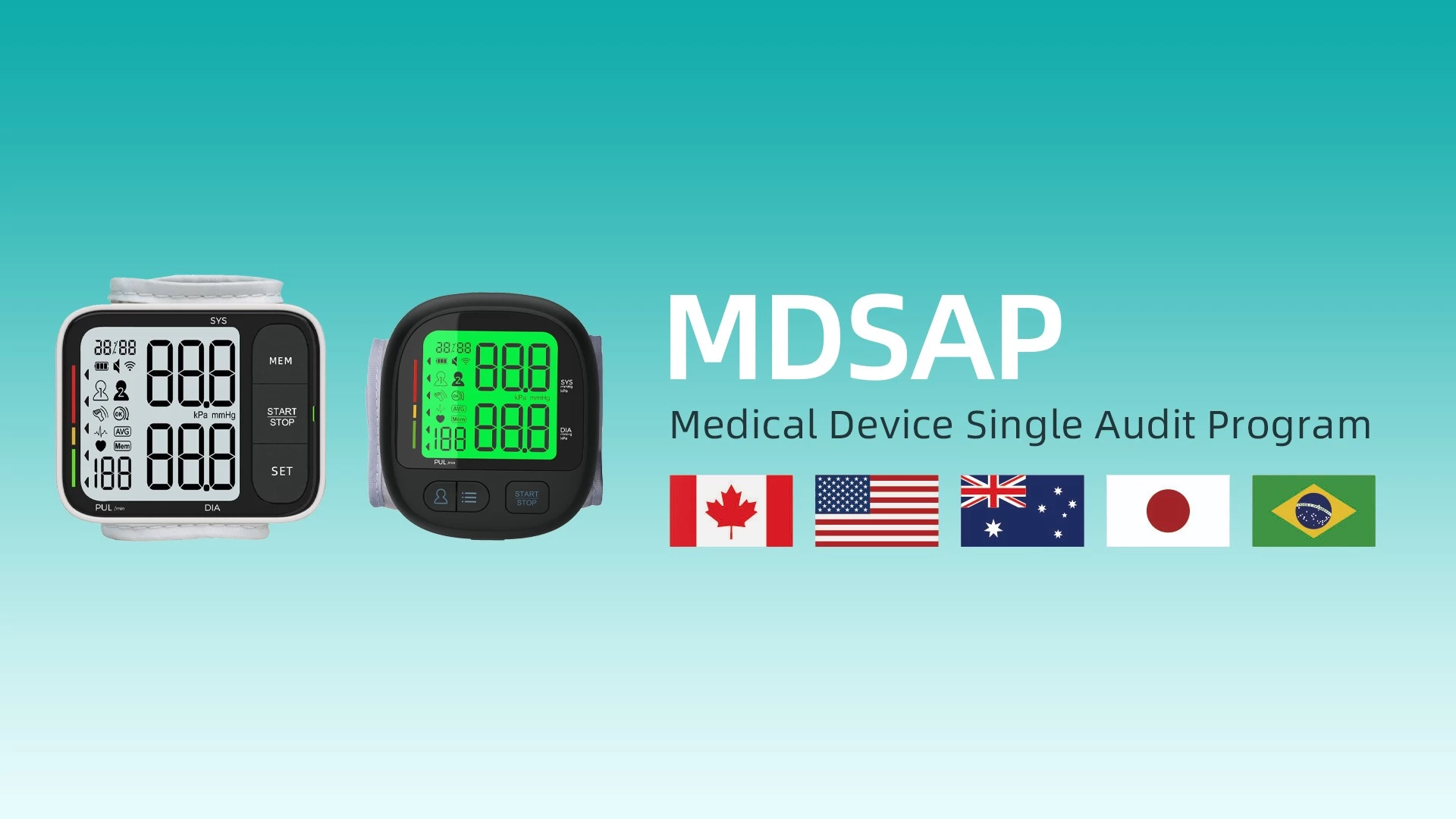
Pros and Cons of 5 Common Wrist Blood Pressure Monitors
1.Omron 7 Series Wireless Wrist Monitor (BP6350):
Pros: Bluetooth sync, stores 90 readings, clinically validated, compact design.
Cons: Requires precise wrist alignment; higher cost compared to basic models.
2.Withings BPM Connect:
Pros: App integration, unlimited cloud storage, sleek design, FDA-cleared.
Cons: Limited on-device memory (8 readings); pricey.
3.Finicare Wrist Blood Pressure Monitors FC-BP220:
Pros: Large LED, 120-memory storage, CE/FDA certifications.
Cons: Accuracy questioned in non-clinical settings; no app connectivity.
4.Kangfu Medical CS70:
Pros: WHO classification indicators, 85-memory slots, irregular heartbeat detection.
Cons: Bulkier design; calibration issues reported.
5.Citizen Systems Wrist Monitors:
Pros: Simple interface, affordable, fast readings.
Cons: No advanced features like EKG; limited validation.

Common Use Cases for Wrist Monitors
1.Travel and Mobility: Their compact size makes them ideal for frequent travelers or individuals needing on-the-go monitoring.
2.Physical Limitations: Suitable for users with limited arm mobility or obesity, where upper-arm cuffs are uncomfortable.
3.Casual Home Monitoring: For users tracking general trends rather than clinical-grade data, especially in regions with limited healthcare access.
Global Adoption Trends
1.Europe and Africa: Popular due to affordability and availability of CE-certified models (e.g., EA-BP66B).
2.Asia: High demand in China and India, driven by local manufacturing and low-cost options.
3.North America: Less favored by medical professionals due to AHA guidelines, but niche markets exist for tech-integrated devices (e.g., Withings).
10 FAQs About Wrist Blood Pressure Monitors
1.Are wrist monitors as accurate as upper-arm devices?
Answer: No, improper positioning often leads to errors. Follow AHA guidelines for best results.
2.How should I position my wrist during measurement?
Answer: Keep the cuff at heart level; rest your arm on a flat surface.
3.Can they detect irregular heartbeats?
Answer: Some models (e.g., CS70) include IHB detection.
4.Do they require calibration?
Answer: Yes, cross-check with a validated upper-arm device periodically.
5.Are they suitable for seniors?
Answer: Only if used correctly; physical limitations may affect accuracy.
6.How long do batteries last?
Answer: Typically 6–12 months with regular use (2 AAA batteries).
7.Can I share the device with family members?
Answer: Yes, but opt for models with multi-user memory (e.g., Omron 7 Series).
8.Do they work during exercise?
Answer: No, avoid measurements within 30 minutes of physical activity.
9.Are FDA/CE certifications reliable?
Answer: Certifications ensure basic safety, but clinical validation (e.g., via validatebp.org) is better for accuracy.
10.When should I replace my device?
Answer: Every 2–3 years or if readings become inconsistent.
Conclusion
Wrist blood pressure monitors offer convenience but require careful usage to mitigate accuracy issues. They are best suited for non-clinical settings, travel, or users with physical constraints. For critical health monitoring, upper-arm devices remain the gold standard. Always consult a healthcare provider to interpret readings and validate device choice.
For detailed product specifications or regional availability, refer to the cited sources.

